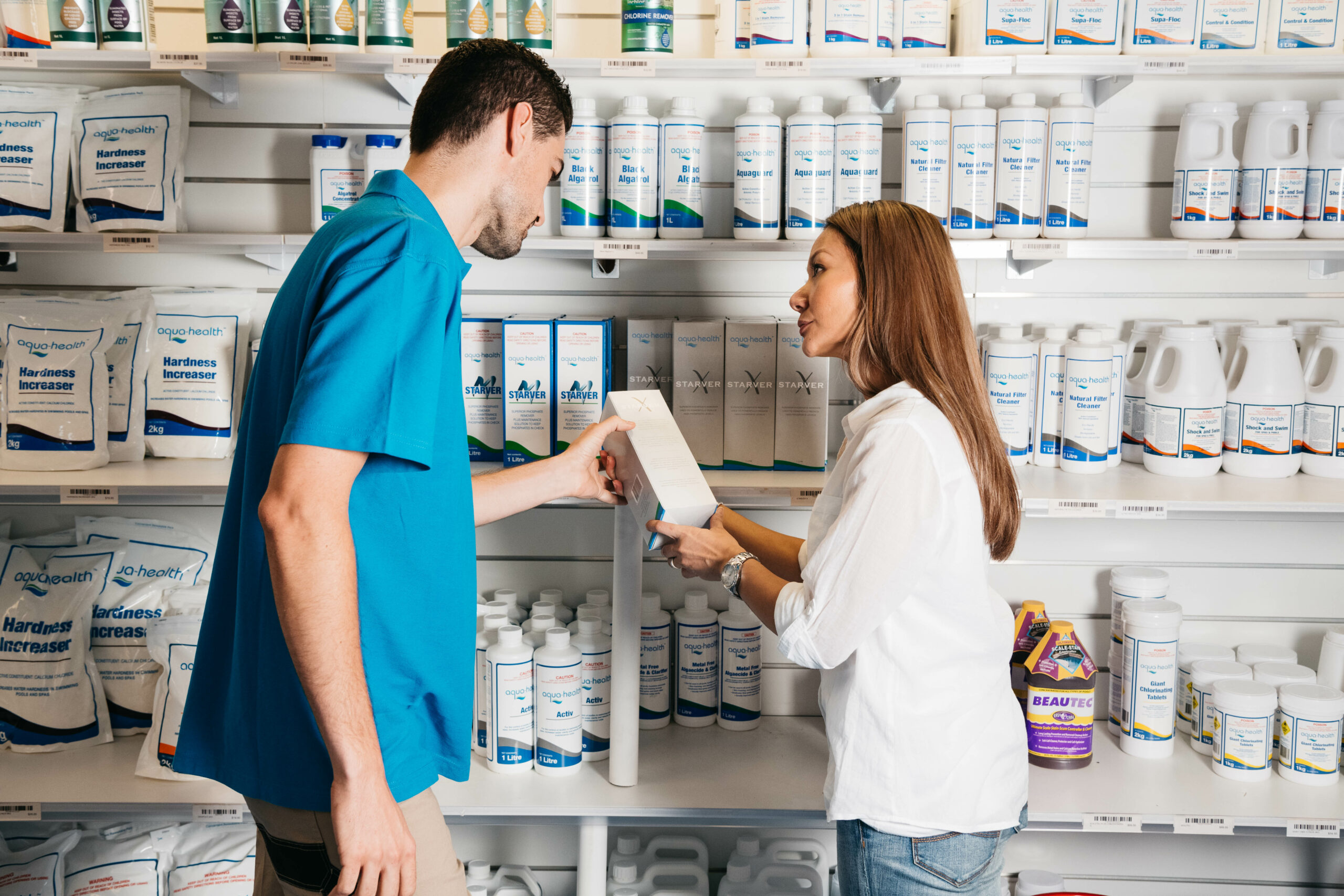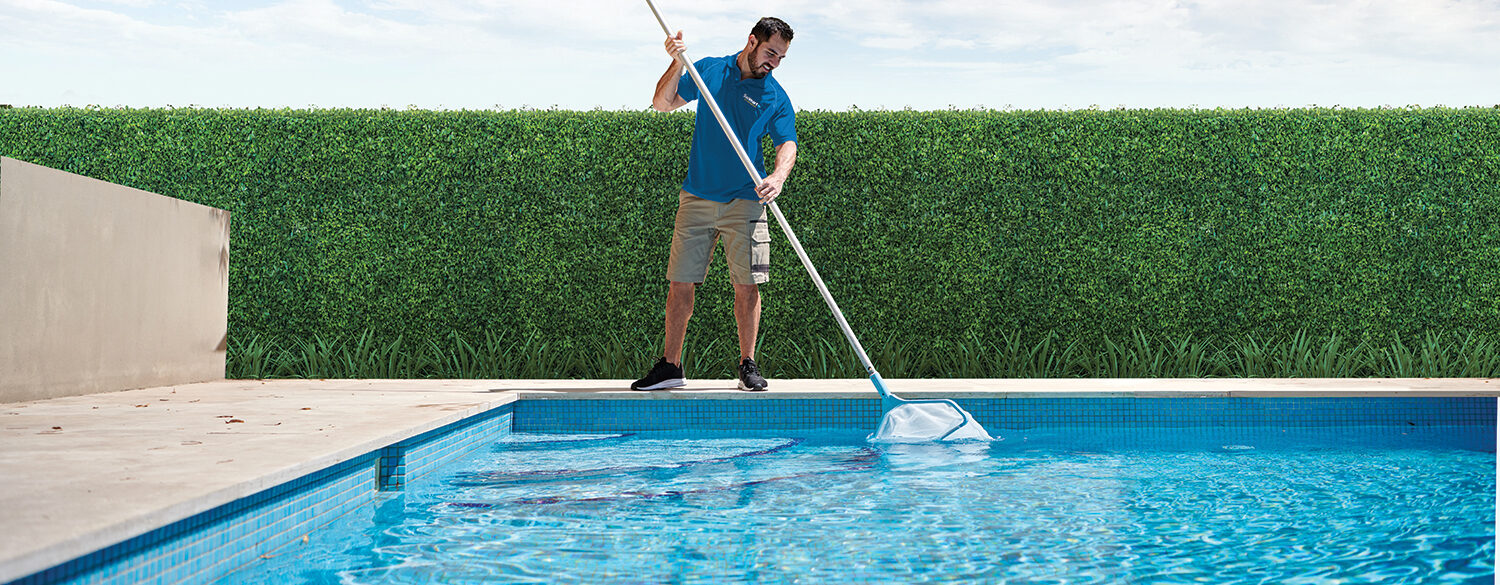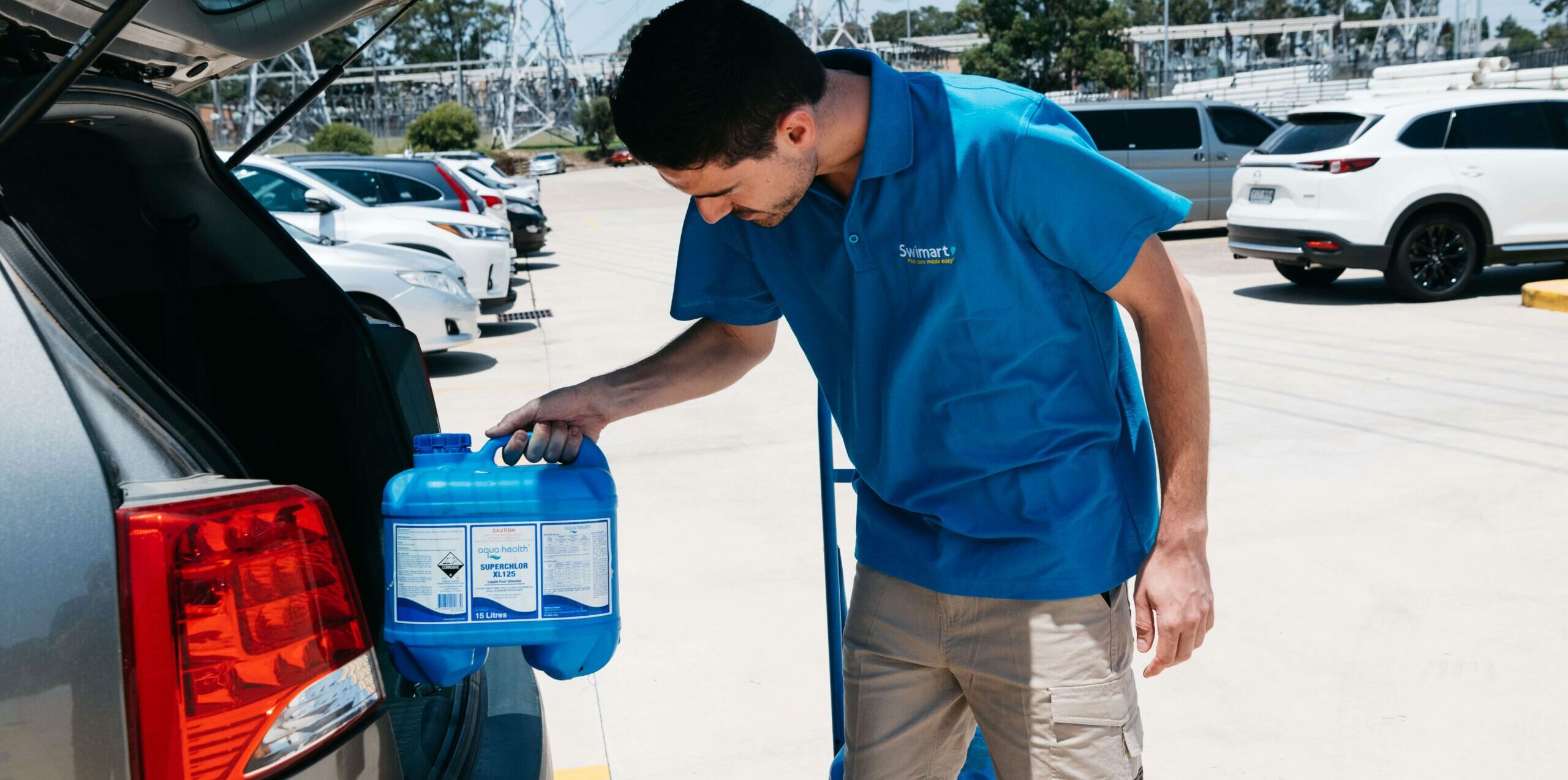| 1. Fill the poolYou’ve just paid a lot of money for this pool, so don’t toss the hose in willy nilly. Tie a piece of cloth over the nozzle so it won’t scratch the pool surface and place the hose in the deepest part of the pool. Then turn on the tap and don’t turn it off again until the water level reaches the middle of the skimmer box or the level specified by the builder. Whatever you do, don’t turn the tap on and off – you want the pool to fill quickly and steadily. Otherwise you could end up with a ring (or two) around the pool’s sides.
2. Ladies and gentlemen, start your engines
Motors is a more accurate word. Get that pool filter running as soon as the water reaches the right level.

3. Test the water
Not all drinking water is created equal, so you need to test the water thoroughly as soon as the pool is full to see what you’re dealing with in terms of pH balance. Test the water is several places and take the samples from 600-900mm beneath the surface. Once the water is tested, balance it to the recommended levels.
- pH 7.2 – 7.8 You can raise pH levels by adding soda ash or lower them by adding pool acid.
- Total Alkalinity (TA) 100 – 200ppm. You can raise the TA level by adding sodium bicarbonate or lower it by adding pool acid.
- Calcium Hardness (CH) 200 – 300ppm Calcium hardness levels can't be monitored using most domestic pool water-testing kits. Instead you should take a sample of your pool water to your local Swimart store for testing. In areas where calcium levels aren't high, you shouldn't need to do this test more than once a year.
4. Add the chemicals
Yes, it’s time to play scientist! Be warned that this will be a slow process the first time you do it, but it’s important to get it right or you could damage your pool equipment and, more importantly, the health of anyone who enters the water. Add one chemical at a time and allow it to filter through the system for about 12 hours before re-testing and making any adjustments. Then add the next chemical and repeat the process until all the water levels are within the recommended range.
Chlorine comes in three forms, liquid, granular and tablet. Each varies in its strength and its efficiency in direct sunlight. All types of chlorines can be made resistant to the effects of the sun. The correct dosage of chlorine in a pool has no smell, so if you have a distinct chlorine smell it is probably due to chloramines. Aqua-Health Pool Shock or Aqua-Health Ultrashock will eliminate this smell.
Sunlight can destroy up to 5 mg/l of chlorine in less than three hours, but cyanuric acid in the form of Aqua-Health Plus can help to minimise this loss.
- Never mix chemicals with anything but water.
- When mixing with water, always add chemicals to water not water to the chemical.
- Wear protective gloves and eye protection.
- Always store chemicals in a cool dry place.
- Always read the directions first.
- Never mix different types of chemicals together.
- Always use separate measuring cups for each chemical.
- If in doubt on any chemical safety issues, contact your Swimart Pool and Spa store.
5. Start a maintenance program
Phew. You’re almost there. There’s just a couple more things before you jump into that sparkling cool water.
- Make sure you know how to use your pumps and filters, then turn them on and make sure you use them according to the manufacturers’ and builder’s instructions. If in doubt, drop into your local Swimart store for expert advice.
- Provide total 24 hour a day protection with the regular addition of chlorine, whether by salt chlorination, tablet chlorination, liquid or granular chlorination. The staff at Swimart can advise on the most simple and economic system for your particular pool.
- Pool water can take on a dull, flat look occasionally. This is caused by body fats, suntan oils, urine and perspiration, some of which contribute significantly to the formation of chloramines. Chloramines give off a distinctive chlorine smell. Bring the water back to its clean, safe, sparkling condition by “shocking” it using Aqua-Health Pool Shock or Aqua-Health Ultra Shock. Add either product to the pool about every two weeks during summer and once a month during winter.
- Add of a small amount of algaecide such as Aqua-Health Algatrol Concentrate every two weeks to keep algae at bay, and make the chlorine much more effective.
And finally, if this all seems like too much effort, you can always contact your local Swimart store to manage the whole process for you.

|
|


 AUS
AUS NZ
NZ 




